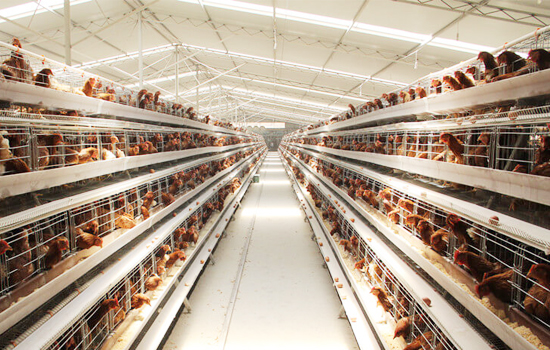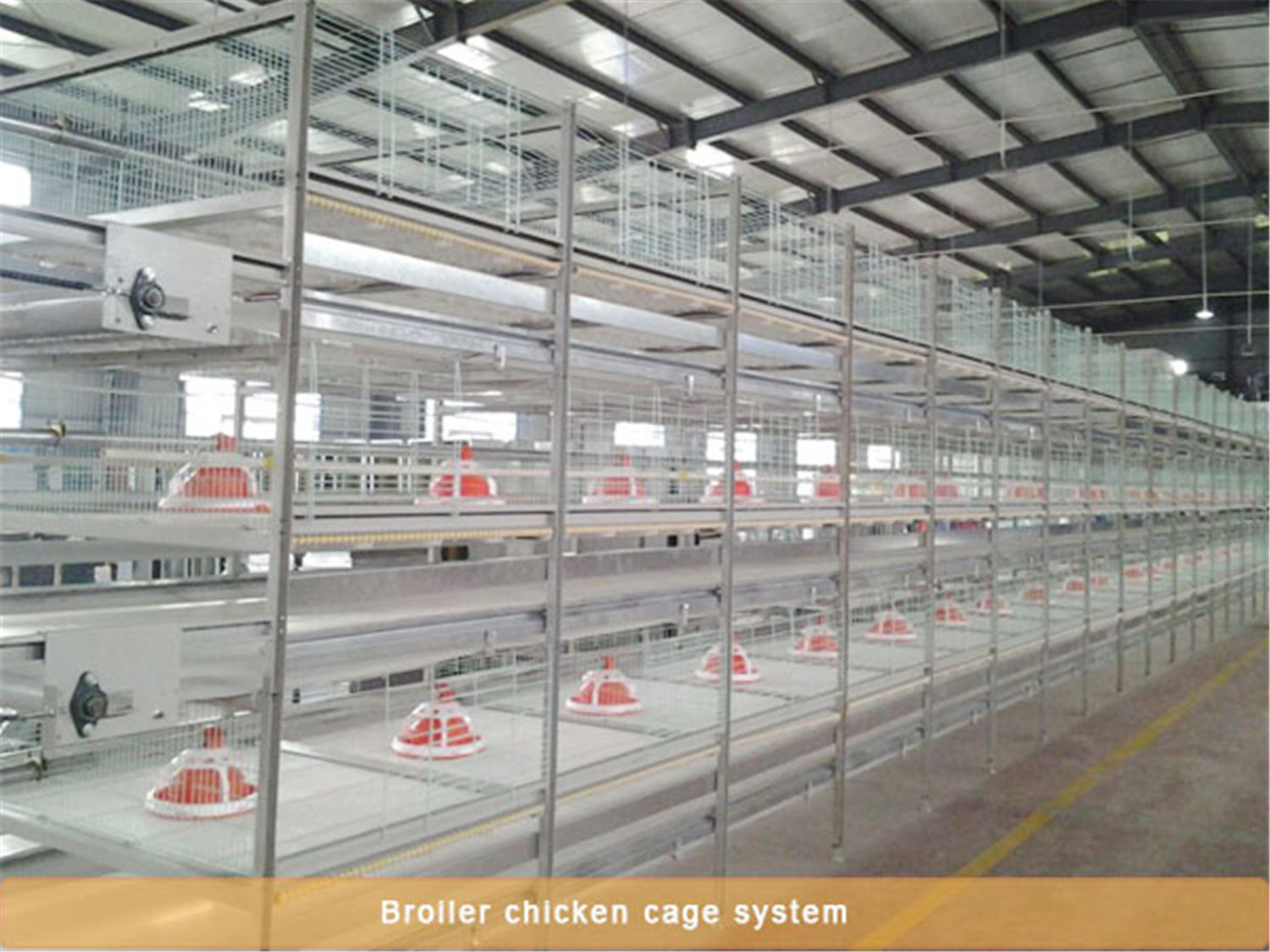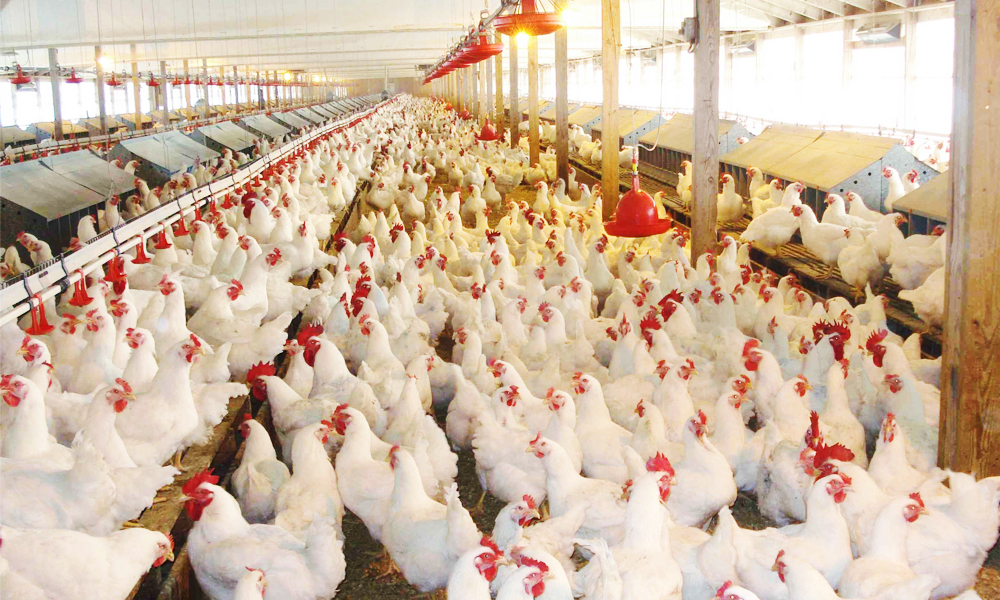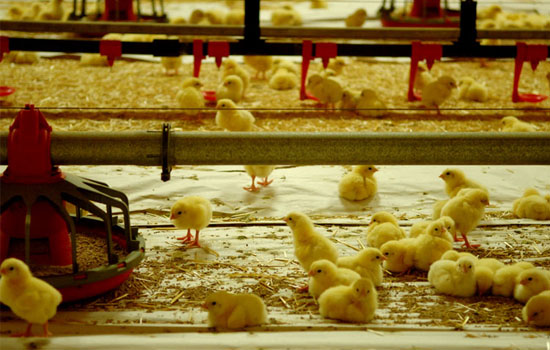How to prevent the chicken cages from getting wet?
- Published in Tips for Chicken Breeding
The high temperature and high humidity season is very unfavorable for the normal growth of laying hens and broilers. The high temperature and high humidity of the chicken house can cause heat stress in the flock, reduce feed intake, and reduce the growth performance. Therefore, in the process of raising chickens in the summer, in addition to the cooling work, the farmers should also prevent excessive moisture in the house. Let's talk to farmers about how to prevent chickens from using chicken battery cages to prevent moisture.
1. When farmers start building chicken cages and raise chicken houses, it is recommended that farmers choose high-grade and dry sites in the selection of chicken house sites, and build chicken cages and raise them in places that are conducive to drainage, flood control, ventilation and quiet environment. In the chicken house, the chicken coop and the chicken house built should be in the direction of the north facing south, so as to facilitate the heat preservation and moisture resistance of the chicken cage.
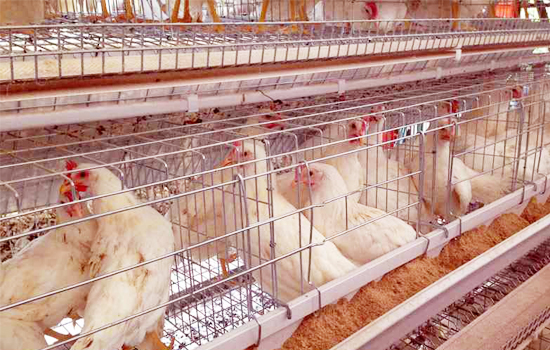
2. Compared with winter and autumn, the temperature and humidity in spring and summer are relatively high, so the farmers should pay attention to strengthen the ventilation of the chicken house during these two seasons, pay attention to heat preservation. The average chicken cage and chicken house temperature is not lower than 15 ° C, and pay attention to prevent wind and so on. At the same time, under the premise of moderate heat preservation, ventilation should be strengthened to prevent more moisture from gathering in chicken cages and chicken houses.
3. In addition, in the process of using poultry battery cages to raise chickens, the farmers have to meet the requirements, although the breeding density is large. Do not blindly increase the density, to maintain a proper stocking density, if the density of feeding is too large, it will form a crowd of chickens, which is not conducive to moisture.
4. In addition, the farmer should pay attention to prevent the water leakage of the drinking utensils. When the water dispenser is found to be leaking, it should be sealed or replaced according to the detailed conditions. Timely remove and dry the leaks on the ground of the chicken cage and the chicken house to eliminate the unfavorable factors of water vapor formation.
5. Farmers should actively prevent diseases during the process of raising chickens. If they are not actively prevented and treated, they can cause chickens to expel thin feces and make them wet on the ground, such as ferrets, gastroenteritis, infectious bursal disease. , Newcastle disease, infectious bronchitis, coccidiosis, etc.
The above is the summary of the author's summary. The method for preventing moisture in summer chicken cages is only for reference by farmers. If farmers want to know more about chicken news, they can continue to pay attention to our website.

